In most apartments today, you can easily reach 10 or 20 wifi connections. So I decided to build a wifi connected device, which make things easy to communicate with the external world. As a lot of old age people don't actually have a wifi, i decided to ask the neighbors for wifi access. Most of them were very happy to help and even asked to add their Email address to the list so they can quickly help in an emergency.
If a person is in distress for a reason, he or she has to press a simple button on the device. A LED turn on to confirm the emergency is activated. The device will connect to the internet box and send an Email to a pre-entered Email address. As a lot of people receive Email on their phone and check their phone 30 times a day (like me :s), the emergency can be quickly followed by calling the person or knocking at the door.
The device has to be easy to wear and to integrate. Therefore, it was important to reduce dramatically the size and the weight. As a result, the device is 2.5 * 1.5 * 1 cm in size ( 1*0.6*0.4 inch) which can be easily integrated to bracelets, necklaces or clothes. As some aged people are trembling a lot, the button is quite big, which makes it easier to press.
The price is also a very important question. If you want to make a wifi connected device today, the ESP8266 board is a very good choice! It costs only a few dollars and it has its own 32bit reprogrammable micro-controller (The Atmega328p on the Arduino UNO is only 8bits). A big community is now using this device and it recently became Arduino IDE compatible.
The electronic cost is around 8$ which is affordable for most people and you have to add a battery of your choice. All the components are easy to find and to adapt if you want to make a new design by yourself. A standard 110 mA battery should work more than 2 months, a CR2032 for 5 months and a 1000mA for 2 years.
 jean.perardel
jean.perardel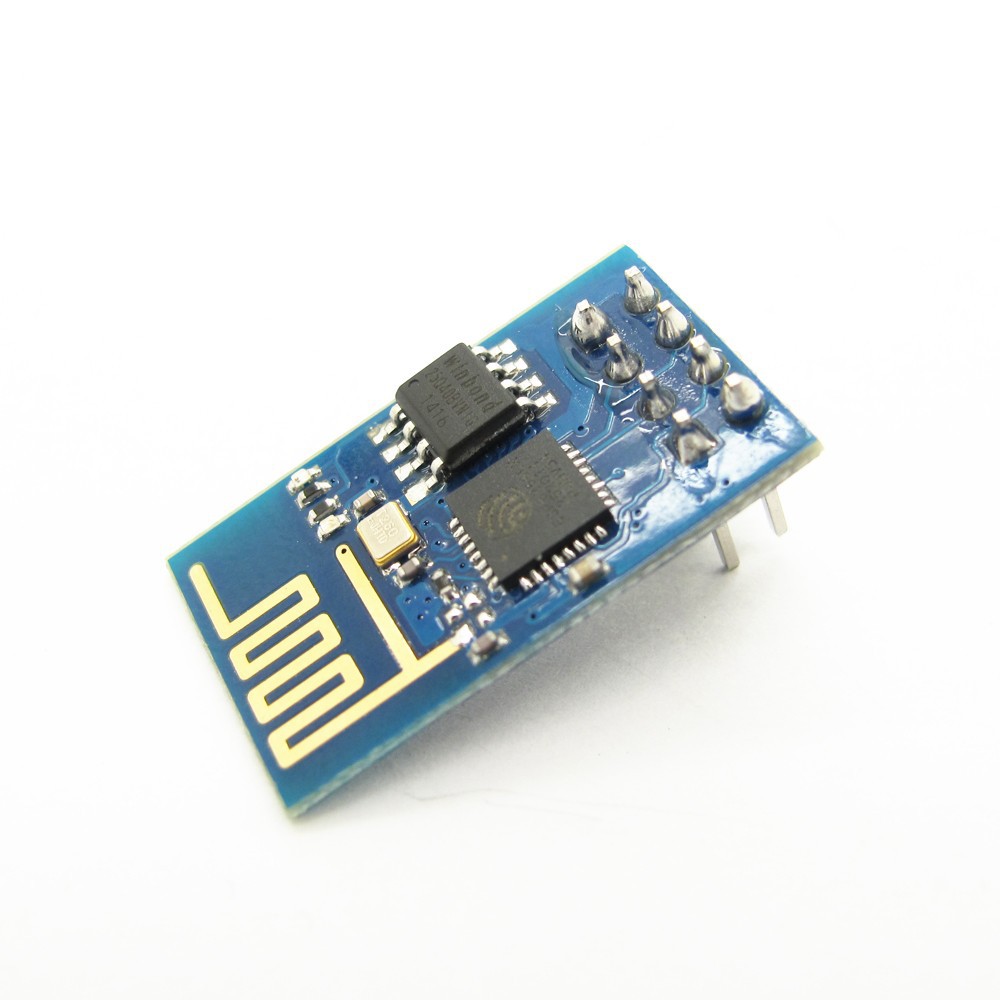
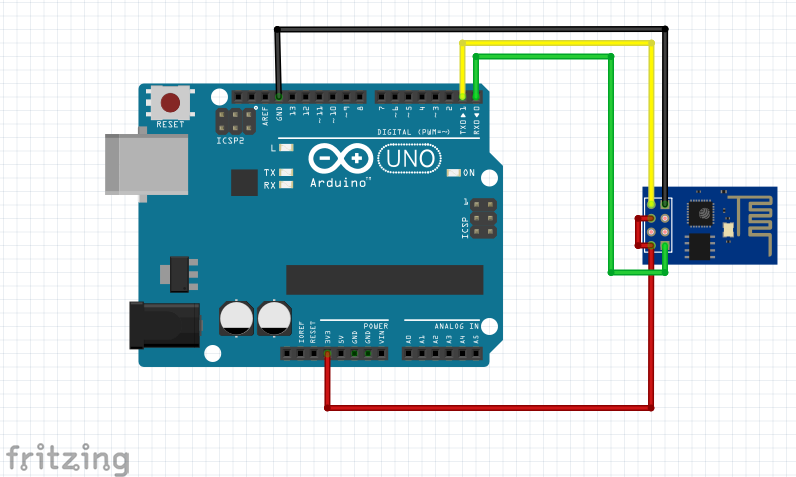
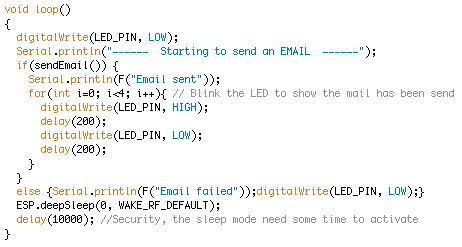


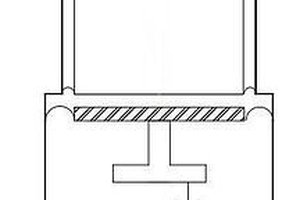
 MW Motors
MW Motors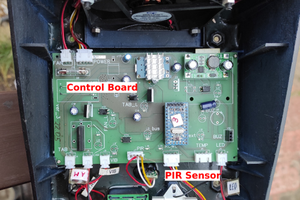
 RemoteMCU
RemoteMCU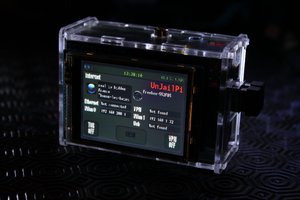
 Arcadia Labs
Arcadia Labs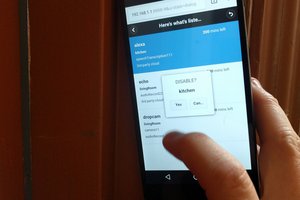
 AKA
AKA
Can we use this for multiple device? I want to test for my email device, you can see here more detail about it https://webmailsguide.com/managed-internet-service-or-eq-webmail/